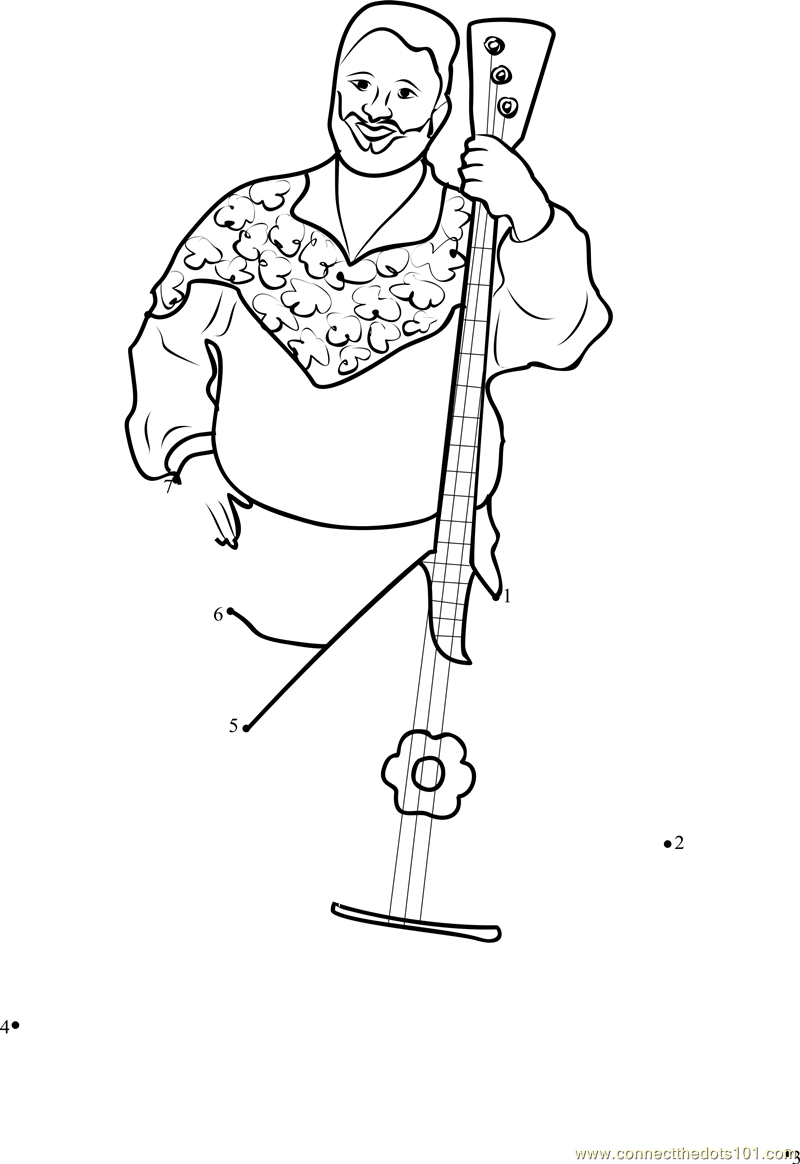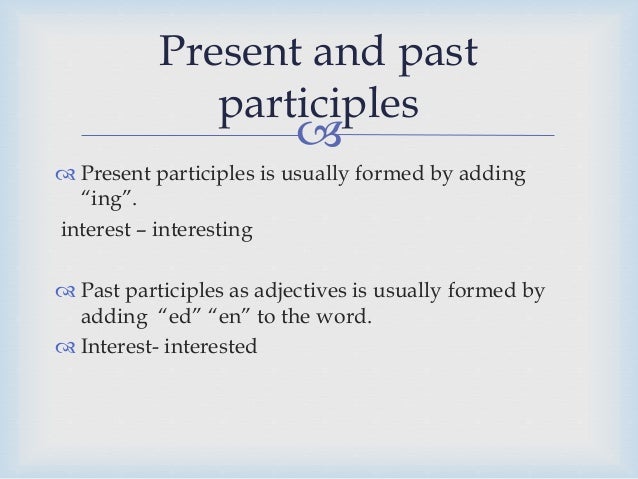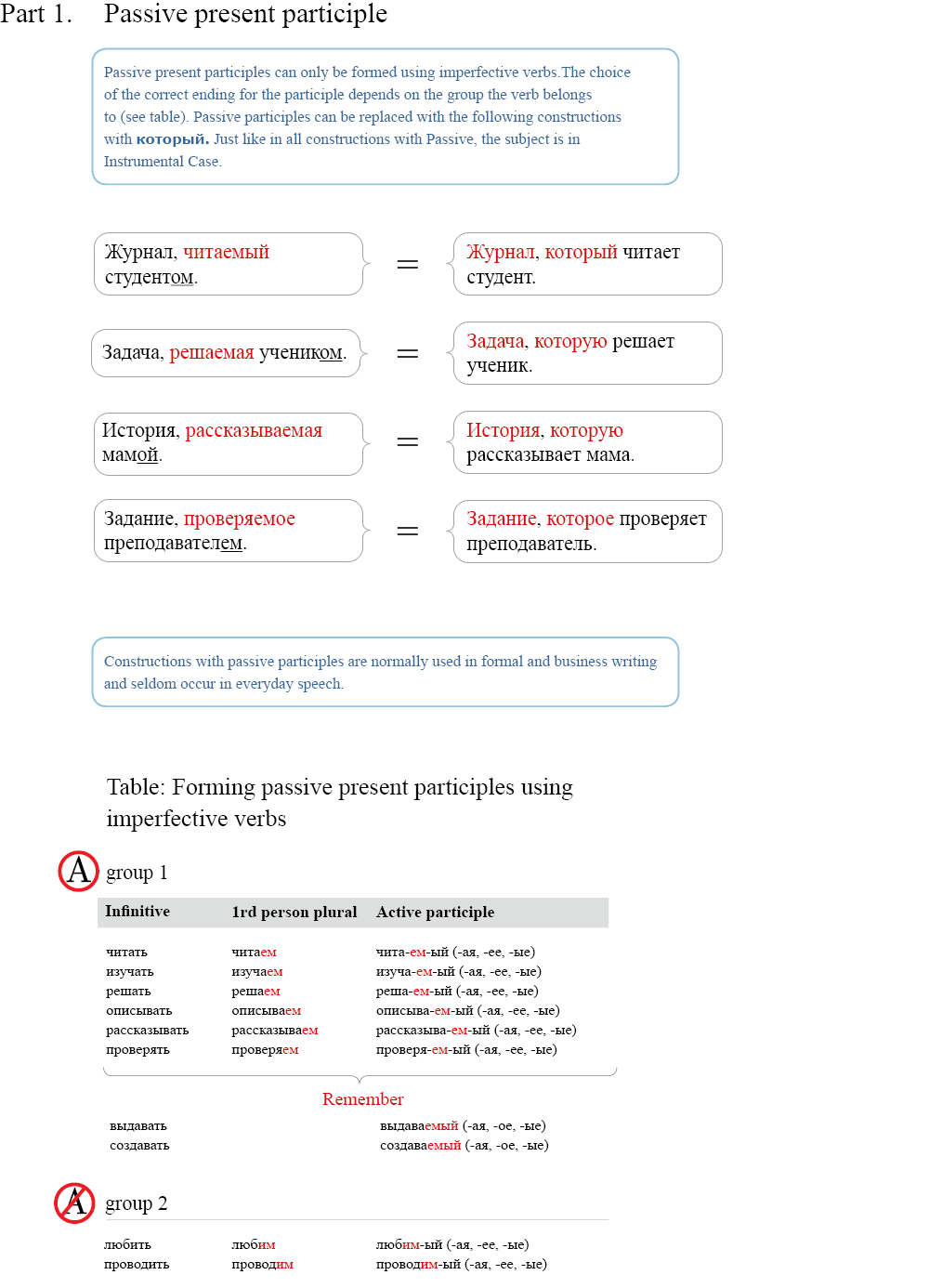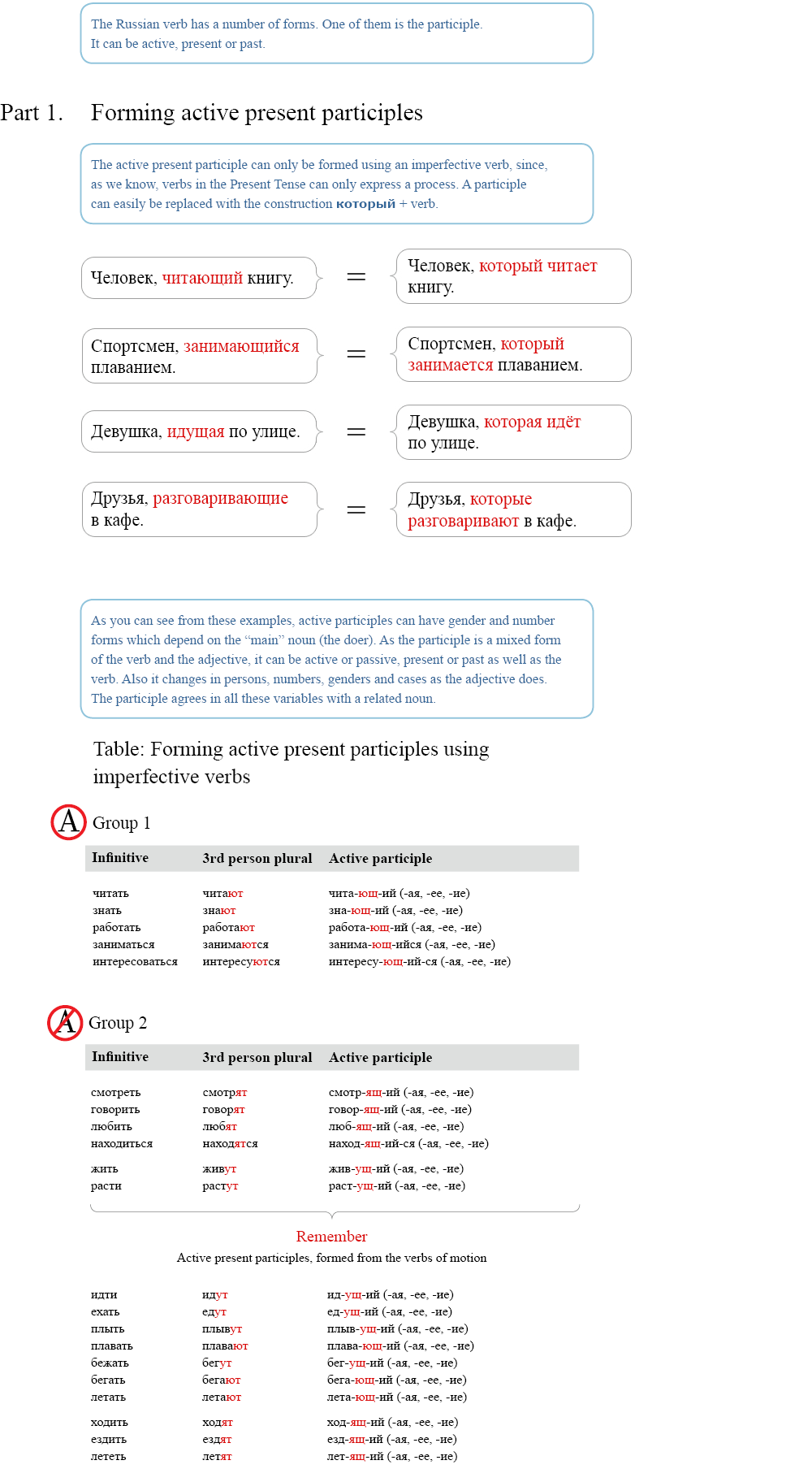“The Church as Koinonia of Salvation: Its Structures and Ministries” (2004) from the Lutheran-Catholic Dialogue in the United States.
Russian grammar employs an Indo-European inflexional structure, with considerable adaptation.. Russian has a highly inflexional morphology, particularly in nominals (nouns, pronouns, adjectives and numerals).
Lithuanian is one of two living Baltic languages, along with Latvian.An earlier Baltic language, Old Prussian, was extinct by the 18th century; the other Western Baltic languages, Curonian and Sudovian, became extinct earlier.
Play a game of Kahoot! here. Kahoot! is a free game-based learning platform that makes it fun to learn – any subject, in any language, on any device, for all ages!


The Health Translations Directory is a collection of information resources for the community and health professionals. The directory has thousands of resources in over 100 languages including Auslan.
Bring Out the GIMP (teens in Merciless Peril) January 2013 Archives. Discussion Forum for Extreme Bondage Fantasy Video. DVDs or …





Kingman Report 1988 The Teaching of English Language
This webpage is for Dr. Wheeler’s literature students, and it offers introductory survey information concerning the literature of classical China, classical Rome, classical Greece, the Bible as Literature, medieval literature, Renaissance literature, and genre studies.

(Click here for bottom) I i I Roman numeral for one. This is the one roman numeral that seems very natural. For the claim that Roman numerals are efficient for computation, see two classics-list postings: and ()


Altaic languages: Altaic languages, group of languages consisting of three language families—Turkic, Mongolian, and Manchu-Tungus—that show noteworthy similarities in vocabulary, morphological and syntactic structure, and certain phonological features.